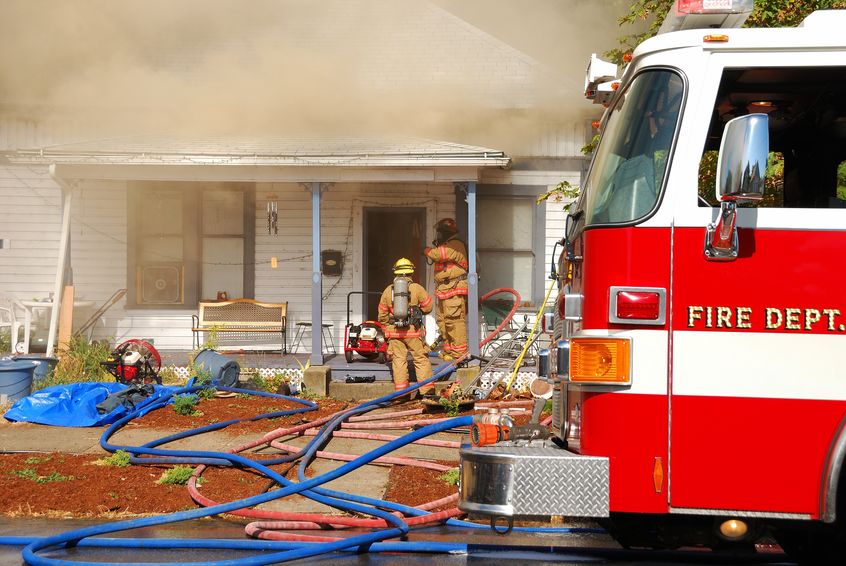Are your smoke alarms up to code? Most building codes require smoke detectors in residential homes. If you’re a renter, your landlord is responsible for ensuring their building (s) are up to code. If you plan to sell your home, you will be required to bring your existing smoke detectors up to code before closing day! Homeowners should check with their local public safety office or nearby fire department for specific requirements for their home.
General guidelines:
• Primary types: according to the National Fire Protection Association
Ionization (flame-responsive), photoelectric (detect smoldering fire). Using a combo unit or a mix
of both can provide better overall protection.
• Hard-wired units: all smoke detectors should be interconnected, so If one triggers, they all go
off.
• Wireless connected systems: the newest technology of interconnected systems perform like the hard-wired units that set all units off if one is triggered.
• Battery operated: 10 year Lithium battery units are replaced after their stated lifespan. Standard batteries should be replaced at least annually, and you can use the test button once a month to
replace batteries or units as needed.
• Location is KEY for effectiveness! Recommended smoke alarms should be installed in every sleeping area/bedroom, outside sleeping areas and on each level.
• General Placement: placing them high on a wall or on the ceiling can increase effectiveness. For extra-high ceilings, consult your local fire department for proper wall placement.
• Specific for Kitchen units: a HUSH button in the unit can be used if cooking smoke sets it off. This option is better than waving a towel around and opening doors and windows to get it to turn off. Also, a photoelectric unit installed close to the kitchen won’t be set off by cooking. NEVER disable a unit to shut it off.
Keep your family members safe (including the FURRY ONES) by installing up to code smoke alarms in recommended locations, performing regular maintenance and replace units as needed.

